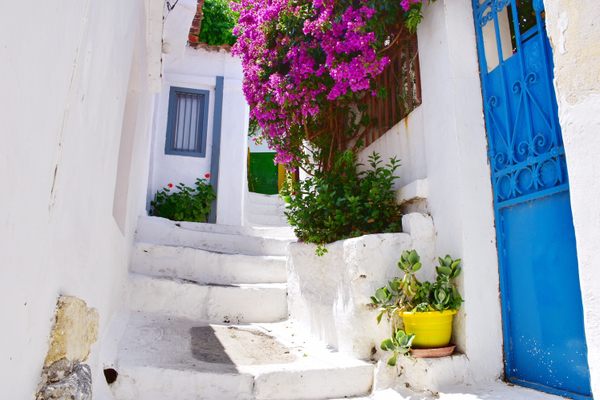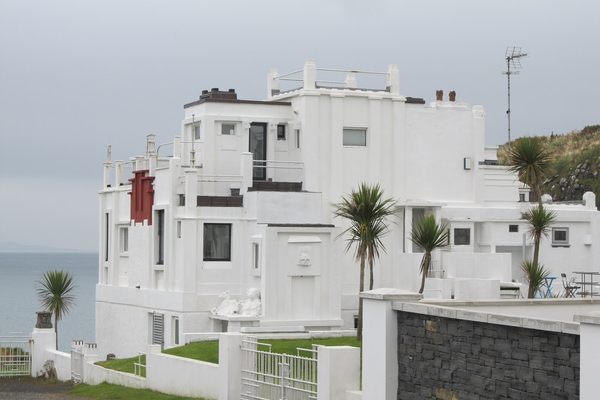About
Just below the north slope of the Acropolis and above Plaka is Anafiotika is a tiny neighborhood of whitewashed houses built according to Cycladic architecture. Wandering among these houses will make you feel as though you've been transported to a Greek island.
In 1840, experienced builders from the island of Anafi came to Athens to work on the new Royal Palace and excavation sites around the Acropolis. Taking advantage of a law that decreed that if you could put up a structure between sunset and sunrise the property became yours, these builders hastily built houses on the steep hillside.
They called their settlement Anafiotika, (“Little Anafi”), after their island. There are no stores, cafés or souvenir shops, just small whitewashed houses with bright shutters built on narrow streets with many bougainvillea-covered walls.
But though the settlement is charming, its history has been difficult. Most of the original village was destroyed in 1950 for archaeological research. In 1970, the Greek government began buying houses and demolished 20 more of them. There are fewer than 50 houses left, most of them inhabited by the descendants of the original Anafi families. Current owners of the houses are prohibited from selling or transferring them to non-family members, the only other option being selling them to the Greek government.
The area is home to several Byzantine churches, including the 11th-century Church of the Metamorphosis Sotiros, which has a rear grotto carved into the Acropolis; the 17th-century Monastery of the Holy Sepulchre, where the Holy Light first arrives from Jerusalem on the evening of Holy Saturday during Easter week; and the 17th0century Church of St. George of the Rock, which has a garden memorializing the Evzone Konstantinos Koukidis who wrapped himself in the Greek flag he was guarding and leaped off the Acropolis when the Germans invaded Athens in 1941.
Related Tags
Know Before You Go
Google maps shows Anafiotika located on the south slope of the Acropolis. This is wrong as it is on the north slope. Dress codes vary from church to church in Greek orthodoxy. If you wish to enter any of the churches, a show of respect to the church and its members is achieved by modest clothing and proper behavior. For men, shorts, tank tops/sleeveless shirts, and sandals/flip flops are frowned upon. Women's shoulders should not be shown in church, so anything strapless or with thin straps should be avoided. Skirts and dresses should at a minimum come below the knee. Some churches ask that no leg be shown.
Community Contributors
Added By
Published
August 22, 2019


















































































